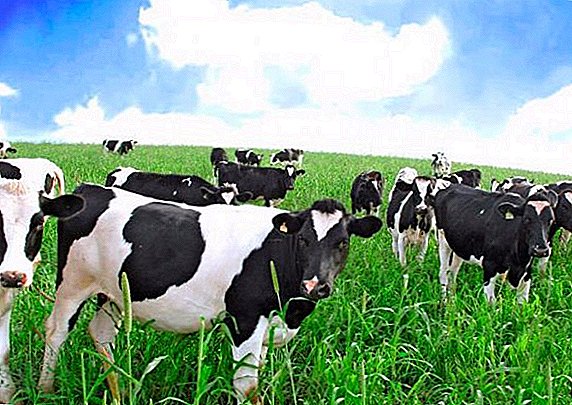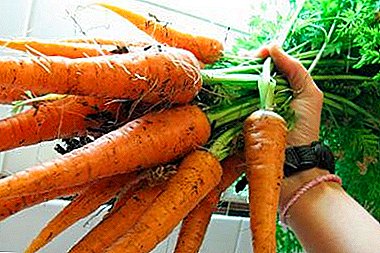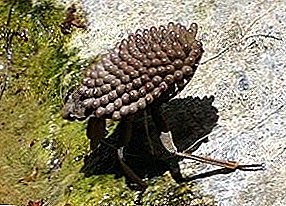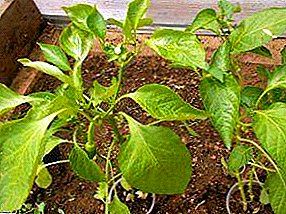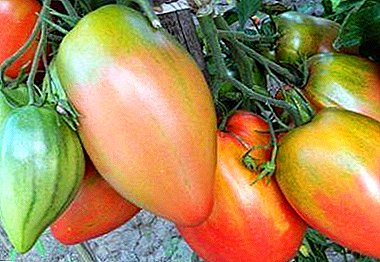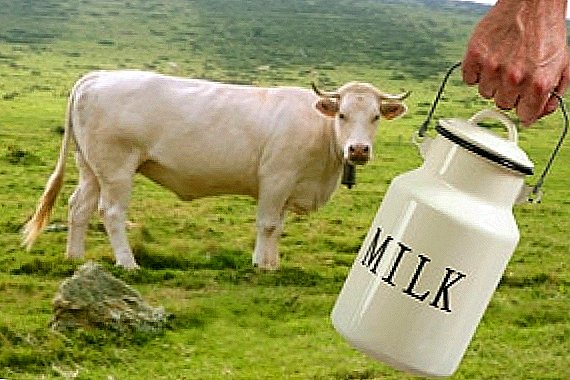
It’s not as easy to get a cow and keep it today as you might think. After all, this animal requires sufficient scrupulous care and financial costs for its maintenance.
But these problems do not stop amateur zootechnicians, who nevertheless decided to buy a cow and settle it in their barn.
But before buying a few heads of this representative of cattle, you need to study the criteria by which each cow should be evaluated.
After all, if some factors are neglected, then you can very much regret about it, especially when you see the small amount of milk your cow can give.
Therefore, be careful and vigilant. Still, buy a cow.

The main sign of cow health is its appearance. Of course, external signs are necessary when assessing a cow, but at the same time, they are not sufficient.
In the case of amateur livestock breeders, the exterior of the animal plays the most important role, as there are often no documents confirming the presence of vaccinations or indicators of the parents' productivity.
A cow that will give a lot of milk has quite voluminous belly, not particularly developed muscles, large udders and strong, thin bones.
In a healthy animal, the digestive and respiratory systems are usually very well developed.

When examining the chest should pay special attention to the intercostal spaces: if they are large enough, and the ribs, in turn, are angled to the axis of the spine, then this is just fine.
The better developed lungs and the greater their volume, the greater the distance between adjacent edges. The chest should be wide and rather deep enough to be below 10-15 cm from the elbow.
The belly should be in the form of a barrel and be large enough. It should not sag too much and should not be too tight, as this may indicate that the animal’s digestive system is poorly developed.
A cow that consistently gives a lot of milk head should be light, elongated, with small thin horns. On the neck should be a lot of small folds of skin. Withers should not be pointed, otherwise it can be concluded that the animal is extremely poorly developed muscles.

Still withers should not be visually bifurcated, as this indicates that the cow ligaments are too weak.
If the back, loin and back of the body visually form a straight line, despite the rather large length, then this is very good.
It is necessary to pay special attention to the sacrum, namely its width in the area of the ischial tubercles. The sacrum should not be narrow, roof-shaped or hanging down. If the sacrum is roof-shaped, then this deficiency can have a particular impact on the strength of the hind legs of the cow.
Weak legs in dairy cattle are extremely dangerous. Cows with such limbs almost do not stand up, walk with difficulty, touch their feet too often. Walking to the pasture is very tiring.
The skin of a good dairy cow must be sufficiently thin, dense in structure, mobile and can easily be pulled with your fingers.
Subcutaneous fat or not at all, or very little. The tail should be long and thin. If the base of the tail is thick, then this means that the cow is of a gross build.

When choosing a dairy cow, the most attention should be paid to the udder, since it is the udder, or rather, its size and shape that best of all will tell about the degree of productivity of the cow.
If the cow is good, then the udder is large, voluminous, with sparse and delicate hairs.
After collecting the milk, the volume of the udder should decrease sharply, with a series of skin folds called the "stock of the udder."
These folds should be easily pulled back, and at the bottom they should be soft to the touch.
If a cow is meat-and-milk, then its udder does not change much in size after milking, nor does it wrinkle. To the touch it is always elastic and dense.
Udder can be of different shapes - bowl-shaped, round, goat-shaped. The best bowl is considered udder. In this case, it is attached to the back, wide enough, protrudes from behind and stretched enough along the peritoneum.
The transition between the abdominal wall and the front of the udder should be very smooth, without interceptions. The bottom of the udder should be flat, located in the area of the hock and be almost horizontal.
If the udder is round, then its base will be smaller.

The angle between its front wall and the peritoneum is almost 90. Udder shares are developed differently. The older a cow becomes, the more the udder of such a shape will sink, get dirty quickly, and sometimes be injured, making it difficult for an animal to move.
Goat udder is saggy, its front lobes are extremely poorly developed. Sideways in shape, it resembles a triangle. If a cow has a goat udder, then its productivity will be extremely low..
If the udder is well developed, then it has well developed and all 4 lobes, between them there are no deep furrows.
Good nipples should have a cylindrical or weakly conical shape, sufficiently distant from each other, of medium thickness, about 6–8 cm long. If the nipples are short or are developed too poorly, it will be inconvenient to milk such a cow. If the nipples are too thin, the cow will lose milk when walking. If the nipples are too large, then it will be difficult to milk it.

It is also important to inspect the dairy veins, which are located under the skin on both sides of the belly below, and the veins on the udder itself. If the veins are well developed, that is, they look clearly visible, quite thick and elastic, this indicates that the blood flow to the breast is very good, and therefore there is a lot of milk.
Whether a healthy cow can be identified by its appearance without careful inspection.
Also important is the age of the animal. If the cow looks cheerful, her eyes are clear, without inflammation, the cow does not cough, walks easily and firmly, then the animal is healthy.
The skin should be uniformly covered with short, smooth hair.. There should be no knots or seals on the udder. All nipples must fully function, and they should not be any cracks, ulcers, scratches and warts.
It is also interesting to read about milking a cow.
As for age, the cow should not be too old.
If a cow calved more than 8 times, then its productivity will be reduced. Therefore, you should buy the cow, which has been calving 4-5 times.
Young cows that gave birth no more than 1 time, productivity is not as high as that of animals in the previous version.
With these recommendations in mind, choosing a good cow to get milk will not be so difficult. You definitely can not go wrong. Good luck.


